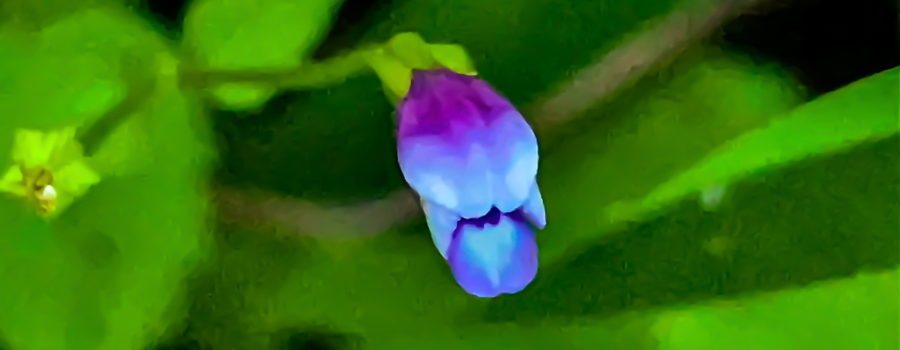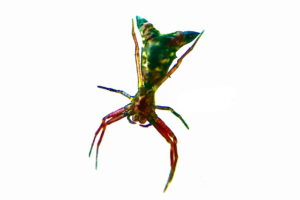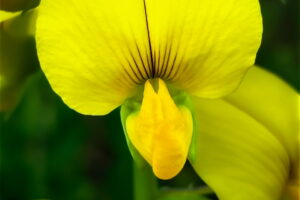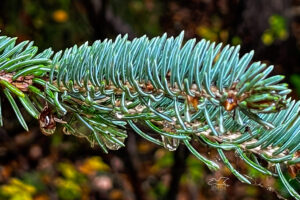Brittle False Pimpernel is a Weed, but It’s Also Beautiful and Useful

One thing that Florida is well known for is it’s vast array of beautiful wildflowers. They come in all shapes and sizes and all colors. If you want a perfect, well groomed yard without any imperfections, some of these flowers can be a huge problem. On the other hand, if you enjoy the variety of plant life out there and don’t care about a perfect yard, it can be absolutely wonderful to find new gems without ever even having to leave home. One of these common lawn invaders is brittle false pimpernel, also known as Malaysian false pimpernel (Lindernia crustacea), although, I will admit, I did have to leave home to find it. I have actually found it in a couple places including in a lawn when I took my Mom’s dog for a walk, and along the stream bank at Henry Beck Park.

Brittle false pimpernel is originally considered native to the Asian tropics, but it can now be found and is considered naturalized in much of the tropical and subtropical world including North America, South America, Africa, and the West Indies. It is still considered invasive in Hawaii and Singapore. No one is certain exactly how the plant got to the New World, but it is suspected that it came by accident in shipments of crops, especially rice. This plant is definitely considered a weed in much of the world since it can spread rapidly via both seed production and propagation from nodes on the stems. It prefers a wet habitat such as pond and stream edges, swamps, wet pastures, roadside ditches, and moist lawns. However, it is sometimes also found in drier, hard packed soils, or disturbed sites such as construction sites, roadsides, and right of ways. It also thrives in areas like lawns and crop fields where people are likely to provide fertilizers.

It’s easy to see how brittle false pimpernel can colonize new areas, and why it is often considered a weed, but it also can be quite useful. Some people use it as either an ornamental flower or a ground cover. With it’s small purple and white flowers and rapid growth rate, it works well for both. There are nurseries that sell seeds and potted plants specifically for these uses. The pretty flowers are also great for attracting small pollinators like bees and small grazing animals such as cottontail rabbits. Although brittle false pimpernel isn’t much used medicinally in the United States, it has many uses in it’s native Asia. It has been used to treat skin infections and sores like boils and cold sores, as well as infected umbilical areas in newborns. In some cultures it is also used to treat jaundice and colic. In fact, in Indonesia and Malaysia this plant is one of the most common ones in Chinese medicine shops. In those cultures, it is used mainly as a treatment for diahhrea, vomiting, cholera, and dysentary. It is also supposed to have good results treating bile and gall bladder disorders as well as hepatitis.

This is a familiar story that we see with so many of our weeds. They tend to grow rapidly and are highly adaptable, which allows them to easily spread to new areas. But one man’s weed always turns out to be another man’s ornamental or medicinal plant (or often both). I’m not one of those folks who has a perfect yard (by any means!), so I definitely would have no issue with a little bit of brittle false pimpernel deciding to take up residence in my ”lawn”. I have no intention of going to the nursery and buying it (that’s the best way I know of the get the dogs to destroy it!), but if it some day decides to colonize an area around here, it’s quite welcome.
If you like beautiful nature photography and nature related artwork accompanied by engaging and informative content, then you’ll love this blog. Just subscribe below and be the first to get new episodes.





Recent Comments